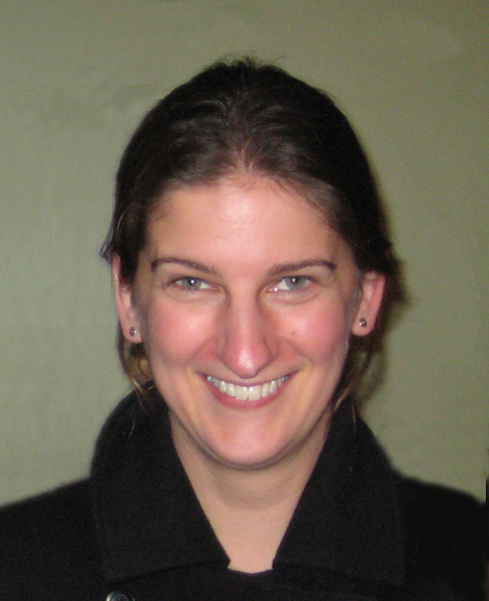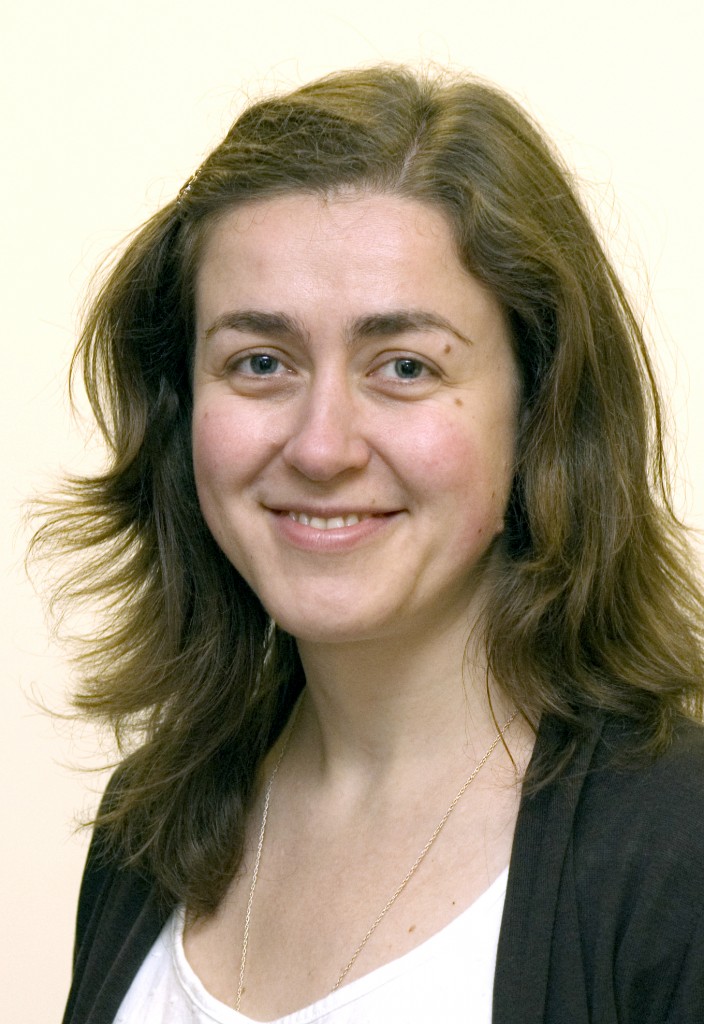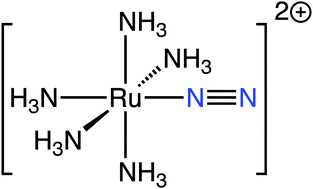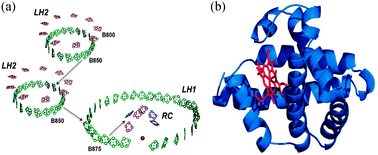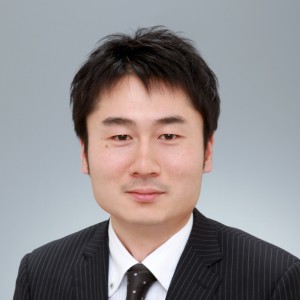There is significant interest in nitrogen-containing electrocatalysts, driven by the need to find cost-effective and efficient material solutions for replacing platinum in polymer electrolyte membrane fuel cells. However, the active sites of non-platinum group metal, oxygen reduction reaction electrocatalysts have been contentious for over 50 years.
Fortunately researchers are agreed that Metal(Me)-Nx centres may serve as possible active sites but whether it is Me-N2 or Me-N4 remains unresolved. X-ray Photoelectron Spectroscopy (XPS) would be the ideal technique to answer this question if it didn’t rely on the use of reference spectra; none exist for the Me-N2 species which makes it less than ideal.
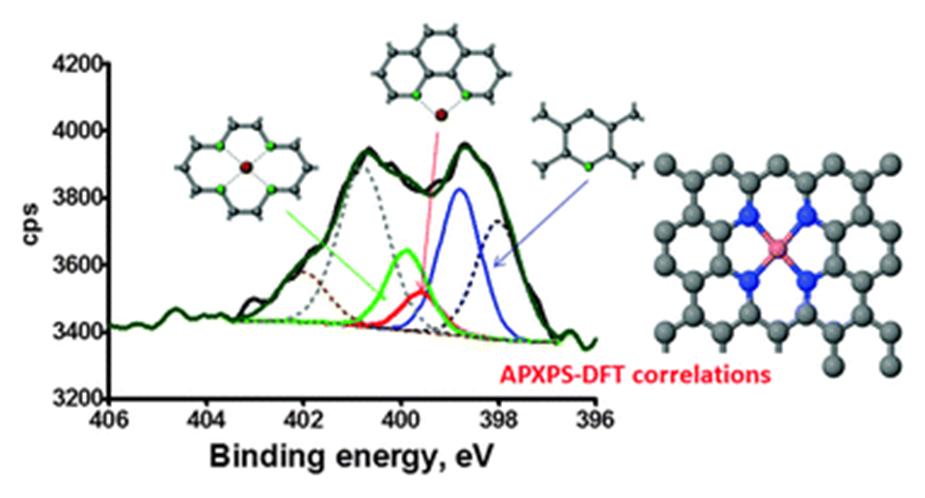
Fitting of DFT calculated curves to experimental results.
Kateryna Artyushkova, Plamen Atanassov and their team have overcome this problem by using density functional theory (DFT) to calculate the binding energy shifts of the species. Calculating the binding energy shifts, rather than just the binding energies, allows the team to overcome the challenges associated with DFT calculations including; treatment of the core electrons and the poorly screened Coulomb potential near the nucleus.
Once validated, the DFT output can be used as input for XPS curve fitting. This has revealed rearrangement around Cobalt-Nx centres in an oxidizing atmosphere and supports the understanding of these catalysts as vacancy-and-substitution defects in a graphene-like matrix.
This work demonstrates the synergy between experiment and theory which allows critical information to be extracted that might otherwise remain hidden.
For more, read this ChemComm article in full:
Density functional theory calculations of XPS binding energy shift for nitrogen-containing graphene-like structures
K. Artyushkova, B. Kiefer, B. Halevi, A. Knop-Gericke, R. Schlogl and P. Atanassov
Chem. Commun., 2013, 49, 2539-2541
DOI: 10.1039/C3CC40324F
Iain Larmour is a guest web-writer for ChemComm. He has researched a wide variety of topics during his years in the lab including nanostructured surfaces for water repellency and developing nanoparticle systems for bioanalysis by surface enhanced optical spectroscopies. He currently works in science management with a focus on responses to climate change. In his spare time he enjoys reading and photography.











